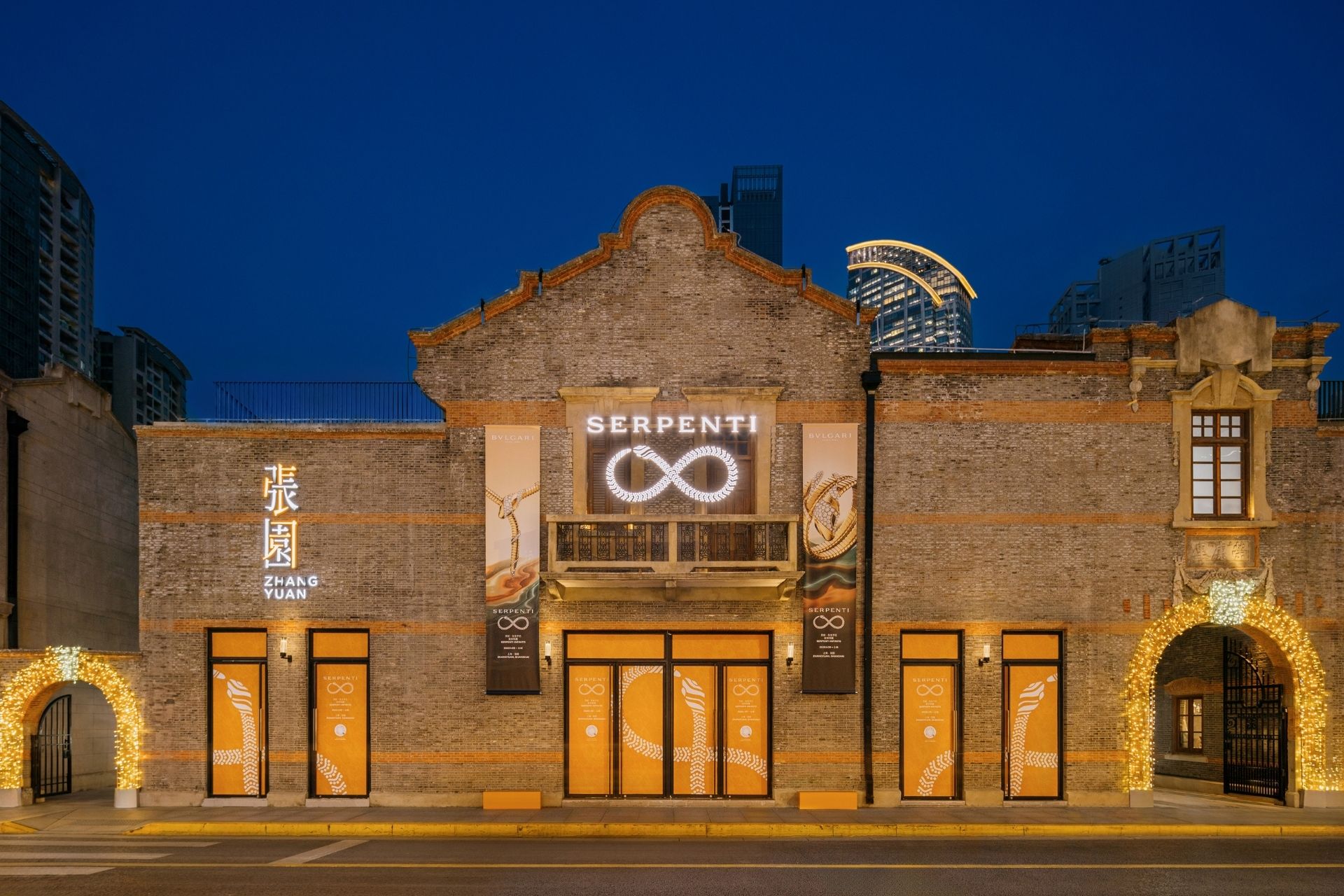Farhad Koodoruth, managing director of Blowfish Digital, has faith that truly affluent consumers will continue to spend, brands now just need to know where to find them

Farhad Koodoruth, managing director of Blowfish Digital, has faith that truly affluent consumers will continue to spend, brands now just need to know where to find them
It seems that high street stores are having one continuous sale these days. Spring Sale, Mid-season Sale, buy now pay nothing until 2013, the push to get us spending and the economy rolling again continues and its making very slow progress.
So, as we keep tightening that shrinking belt, what about the market for high end luxury goods? Surely that’s taking a hammering too?
You’d think so.
In reality, the figures paint a very different picture. The demand for luxury goods has never been higher. Estimates vary, but some reports value the luxury market at between 60 billion and 20 trillion US dollars, including consumers who are trading up. That’s a big market by any standards.
So where are these big spenders? And more importantly, how do you reach them?
“ Consumers looking for luxury products take longer to convert, engaging in many more interactions before converting ”
The fact is that affluent shoppers have never stopped searching online for luxury products. Luxury brands may not have been early adopters of ecommerce, but now that they’ve seen that it doesn’t damage brand value they’re embracing technology and everything it has to offer. Online, mobile search, apps, even VoD are all being explored by the world’s biggest names.
The key to commercial success with any of these platforms is, as ever, in the targeting. Take search for example: it is difficult to discriminate against lower-income consumers with search engine marketing as the keywords they use to search are usually very similar. Keyword searches don’t reveal incomes so you have no way of knowing if this person is looking buy a bag for £50 or £500.
We have several high-end fashion clients that target consumers with high incomes. So, how do we do it?

Balenciaga launched its first e-Commerce site in July 2011
Firstly, we split campaigns up to target different geographical areas – users in high-income regions tend to display a higher conversion rate than those in lower-income regions. By splitting the campaigns we can use
different bidding strategies for each group.
In order to capture high-income users in developing countries we target specific regions in those countries where wealthier people tend to live (i.e. Almaty in Kazakhstan or Rio de Janeiro in Brazil). Consumers have also extended deeply into China, India as well as other markets.
In developing world cities such as Almaty, the centre of the Eurasian continent, we create campaigns that only target iPads. Why? Well iPads are a luxury product and they cost considerably more in developing cities than
the UK. We use this as a way to segregate higher income users. Results have been significant, with iPads users converting at a much higher rate than PC users.
“ The key to commercial success with any of these platforms is, as ever, in the targeting ”
Consumers looking for luxury products take longer to convert, engaging in many more interactions before converting. You need to understand user conversion and develop growth strategies by building attribution models.
That means looking deeper into the path a buyer takes and dynamically awarding proportions of commission to partners who have lead the buyer to the sale. The path to conversion can be a long one with luxury brands so
it’s important that you get this right. There are a number of conversion tagging providers out there who can help you do this.
My point is that the market for luxury brands is out there and ready to spend. With some creativity, combined with the best use of technology available, you can reach them, no matter where they are.








